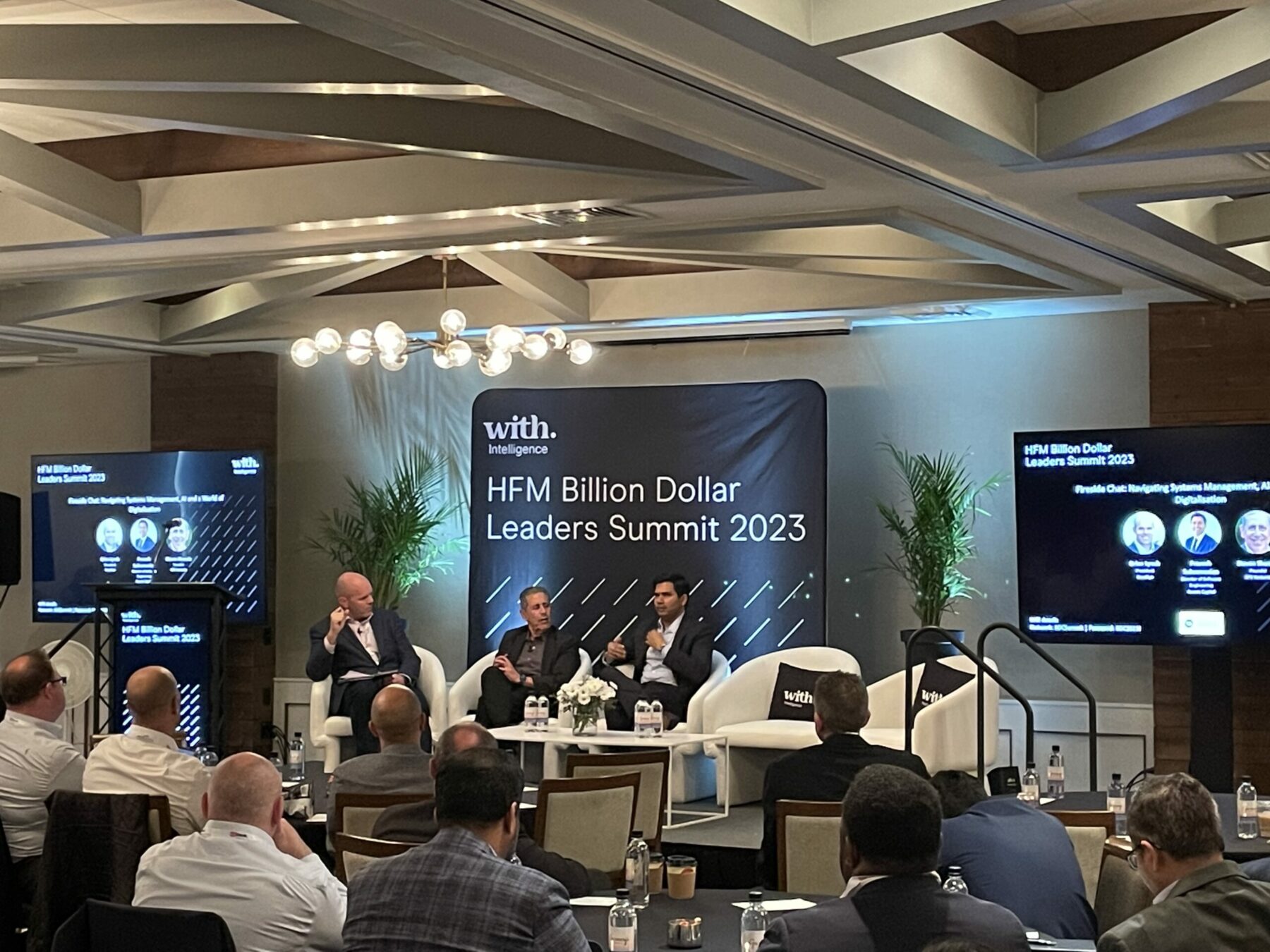
Photo by Karissa Van Tassel Photography
STEVE SHWARTZ
About The Author
Steve Shwartz uses his unique perspective as an early AI researcher and statistician to both explain how AI works in simple terms, to explain why people shouldn’t worry about intelligent robots taking over the world, and to explain the steps we need to take as a society to minimize the negative impacts of AI and maximize the positive impacts.

In The News
Machine learning deployment guru Eric Siegal names Evil Robots his favorite book on AI for the layperson | Read
Forbes taps Evil Robots author, Steve Shwartz, to reveal why AI will not be taking our jobs any time soon | Read
Tech Target discusses Evil Robots views on the impact of AI on employment | Read
Los Angeles Times says Evil Robots is a book to read | Read
Digital Trends discusses Evil Robots book | Read
CT Entrepreneur Awards | Steve received 2020 Lifetime Achievement Award | Read
Autoweek discusses Steve’s views on NHTSA autonomous vehicle policies | Read
Connecticut Post interviews Steve about AI | Read
Funtitech quotes Steve on the impact of AI on IT jobs |
Automotive Industries discusses Evil Robots book | Read
Connecticut Innovations discusses startups with Steve | Read
Authority Magazine interviews Steve about bootstrapping startups | Read
Esti (Amsterdam) interviews Steve about the impact of AI on employment | Read
Bruce Hurwitz quotes Evil Robots multiple times in article about AI and employment | Read
Speaking Engagements and Interviews
- Forward Obsessed Podcast | Podcast Discussion | Listen
- Information Technology and Innovation Foundation | Podcast Discussion | Listen
- CT Technology Council | Talk | “The Impact of AI on Society” | Watch
- The Artificial Podcast | Podcast Interview | Listen
- AI and You | Podcast Discussion | Listen
- Fairfield University | Interview | View
- Tech Talks Daily Podcast | Podcast Interview | Listen
- DataTalk Podcast | Podcast Interview | Listen
- Liquid Lunch Podcast | Podcast Interview | Listen
- Tech Leader Talk Podcast | Podcast Interview | Listen
- Lug Life Podcast | Podcast interview | Listen
- Adding Context Podcast | Podcast Interview | Listen
- Before It Happened | Podcast Interview | Listen
- Read To Lead | Podcast Interview | Listen
- Mind Dog TV | Podcast Discussion | Watch
- US Dept of State | Keynote Speech for International Visitor Leadership Program | Artificial Intelligence in the US
- The Privacy Podcast | Podcast Interview |
- Curious Professor Podcast | Podcast Interview | Listen
- New York Angels Fireside Chat | Interview | Listen
- Consumer Talk With Michael Finney | Radio Interview | Listen
- Retail Remix Podcast | Interview | Listen
- Starting Nowhere Podcast | Podcast Interview | Listen
- Barry Moltz Show | Podcast Interview | Listen
- Lead With Data | Interview | View
- Against All Average| Interview | Listen
- Judgement Call | Podcast Interview | Watch
- The Digital Executive | Podcast Interview | Listen
- Inventors Association of CT | Talk | “How AI Will Impact Our Lives Over the Next Twenty Years” | Listen
- Fundraising Radio | Podcast Interview | Listen
- Startup Grind | Interview | View
- Retail Touchpoints | Radio Interview | Listen
- WAWDH | Interview | View
Bylined Articles
- New York Angels | “The Impact of ChatGPT on Investors” | Read
- KDnuggets | “Overview of MLOps” | Read
- Social Media Informer | “Why AI Will NOT Take All Our Jobs” | Read
- AI and Machine Learning | “Can We Trust Machine Learning Systems?” |
- Towards AI | “Will Self-Driving Cars Really Reduce Accidents?” | Read
- Digital Diplomacy | “Level 3 Self-Driving is a Really Bad Idea” | Read
- Towards Data Science | “12 Twitter Sentiment Analysis Algorithms Compared” | Read
- New Equipment Digest | “Why AI Will Not Take All Our Jobs” | Read
- Hacker Noon | “As Facial Recognition Adoption Rises So Do Civil Right Issues” | Read
- Hacker Noon | “Four Myths About AI in Industry” | Read
- Hacker Noon | “Driverless Vehicles: There’s No Such Thing as Too Much Safety” | Read
- TheSocialMediaMonthly.com | “AI Meets Natural Stupidity Revisited” | Read
- TheRealTimeReport.com | “Why You Can’t Have a Real Conversation with Your Computer” | Read
- TowardsDataScience.com | “Don’t Fear Artificial General Intelligence” | Read
- GritDaily.com | “Big Brother is Watching You With Facial Recognition AI” | Read
- SmarterIndustry.com | “Don’t fear The Terminator…Four myths about AI in industry” | Read
- VMBlog.com | “AI and Cybersecurity: Friend or Foe?” | Read
- TowardsDataScience.com | “The Most Misleading AI Article I Have Ever Read” | Read
- TowardsDataScience.com | “GPT-3 Has No Idea What It Is Saying” | Read
